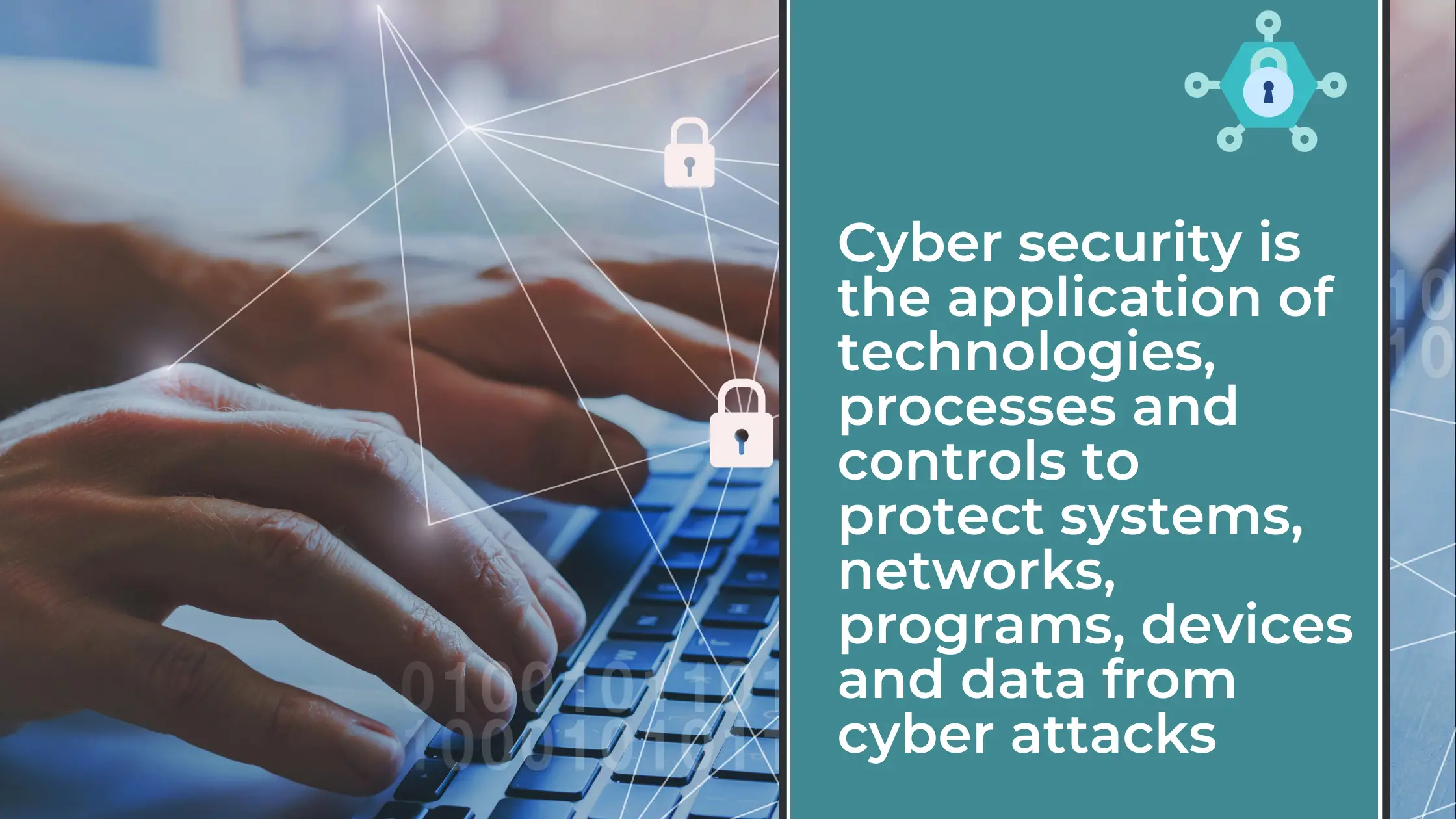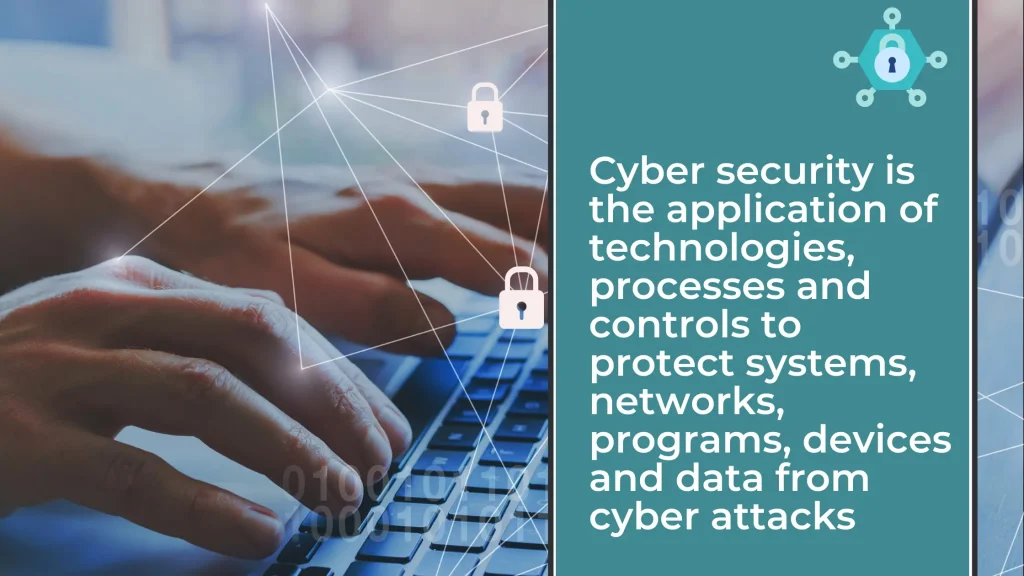
Chris Lawrence is a journalist and chief editor at Wlan Labs. He has been writing about technology for more than ten years. He writes about everything ranging from privacy to open source software. His goal is to educate readers about important topics to help make their lives easier.
With digital attacks becoming more prevalent every year, cyber security has never been so important. However, users are still confused about what cyber security is and what measures should be taken.
In this guide, learn everything you need to know about cyber security. Armed with this information, you can make the best online decisions for protecting your data.
What Is Cyber Security in Simple Words?
When you stop to think about it, your computers, phones, and cloud storage hold sensitive information about you or your business. These critical systems keep your daily life running. But what would happen if someone gained unauthorized access to all your information?
When people with malicious intent gain access to your data, disrupting your life or interrupt normal business processes, this is a breach of cyber security. Cyber security is everything you do to protect your systems from an information security attack.
The Importance of Protecting Sensitive Data
Perhaps you feel “I have nothing to hide” and don’t worry about the threat from scammers. But the dangers are more serious than you imagine.
Cyber security is just as important as locking your doors at night in the 21st century, whether a hacker gets ahold of information that would damage your business reputation or gain enough information to steal your identity and use your credit cards.
Who Needs Cyber Security?
Wondering who needs to be protecting their sensitive information? The easy answer: everyone. But let’s break down who needs it and why.
Small Businesses
According to Forbes, 43% of cyber attacks happen to small to medium-sized businesses. So before you think your company is too small to be attacked, think again.
Large Corporations
Because of the General Data Protection Regulation, a company that leaves its customers’ information open to a data breach can be responsible for paying large fines.
So before you wave away protections and say everything’s fine, remember that you’ll pay twice for any data breach: once in paying to fix everything and then in fines.
Individuals
You’re vulnerable to attacks when a hacker gets your credit card data or personal pictures and most sensitive data. Protect yourself across all your devices.
Government Institutions
National security is of utmost importance, and government institutions are particularly targeted and vulnerable to attacks. Leaders must do everything in their power to put protections in place to guard precious information.
Critical Infrastructure
We all rely on the technology of our critical infrastructures like banks and hospitals. If there was an attack, this could mean serious problems for everyone who relies on their digital systems.
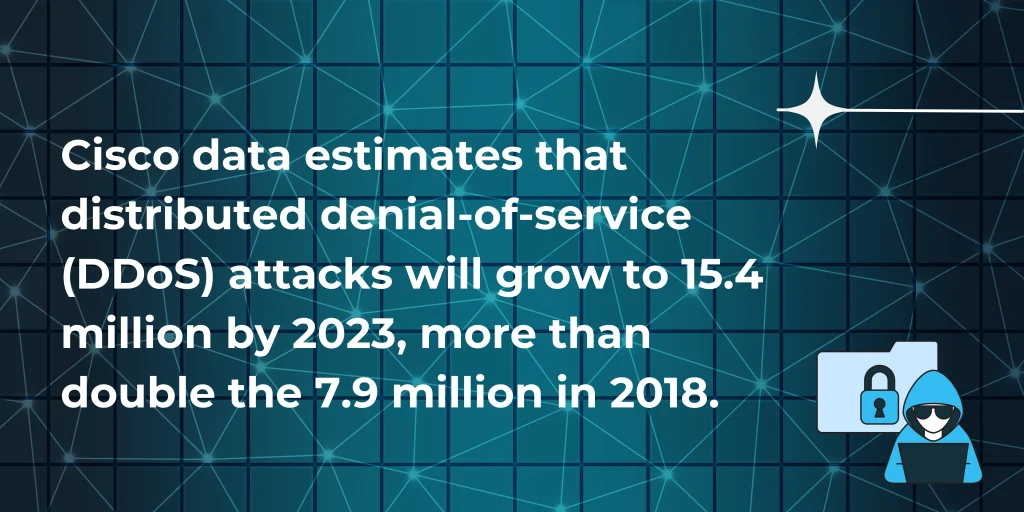
What Are the 3 Major Types of Cyber Security?
People and organizations need the right cyber security measures to avoid cyber attacks. But what types of cyber security measures are there?
While having all of these measures in place is ideal, it’s likely that you’re currently lacking in one area or another. Rather than using this list to cherry-pick which you should strive for, consider where your current protections are lacking and see where you should start building it up.
Application Security
Before an app ever takes off, full application security must be employed. This ensures that an application is safe to use, free of viruses, and has the proper protections in place in future attacks. Application security should occur on-site and off to guarantee an app is safe to use anywhere.
Network Security
In the age of everything going digital, everyone is now on a computer network. But being online more has also seen a rise in cyber attack cases. Perimeter security is a must for keeping a network safe.
Network security is essential because everything happens here and is open to invaders. Without proper computer network security, you may have a man-in-the-middle situation (which we will observe later as a network security attack) within your own space.
Cloud Security
The International Data Corporation currently reports a large and continuing increase in investments in cloud services. And with every information going into the cloud, we must take cloud security seriously.
Your data is in the cloud, but this doesn’t mean you need to accept data breaches. Get proper cloud protections for your systems now.
Are There Additional Types of Cyber Security?
Information technology security doesn’t stop at the primary three types of cyber security. There are still additional kinds of measures that cyber security experts take to ensure secure systems for organizations and individuals alike.
Learn more about the kinds of security measures a security professional may recommend.
End-User Education
Human error is one of the most dangerous aspects of cyber security, and the prevalence of remote access only makes endpoint security more precarious.
Building awareness in computer system users to understand the importance of security, careful remote access, and the potential dangers is the primary goal of endpoint security.
Data
Data security encompasses all the information stored and shared via your computer systems. Most often, data is what cybercriminals are after. Whether they intend to use sensitive information for ransom or the details to their advantage, data protection should be taken seriously in any system.
Identity Management
Identity management ensures that everyone accessing the system is an authorized user and truly is who they say they are. Cyber attackers often attempt to impersonate authorized users, perhaps with guessable passwords. However, their ability to do this decreases when identity management measures, such as two-factor authorization are in place.
Even if an attacker gets past the measures, the security system will often be able to pinpoint the crime better than without these protections.
Disaster Recovery and Business Continuity
No one plans for a natural disaster, sudden power outages, or large cyber security attacks. However, these are all still possible, and companies must prepare. Leaders can ensure safety as they recover from an unexpected event and get back to work with minimal disruptions by having a plan for disaster recovery and business continuity.
Operational
Operational cyber security is the basic determination of what daily technology use will look like. Who should have access to what to reduce security risks? Everything done for operational cyber security gets down to the small details of how cyber threats will be avoided and how sensitive information will be detected.
Mobile
In addition to all the security systems for computers, clouds, and networks, mobile devices must not be forgotten. Mobile security comes with its challenges, but the dangers of mobile devices and security must be considered.
If you haven’t considered how your protections translate to mobile device security, it’s time to change that.
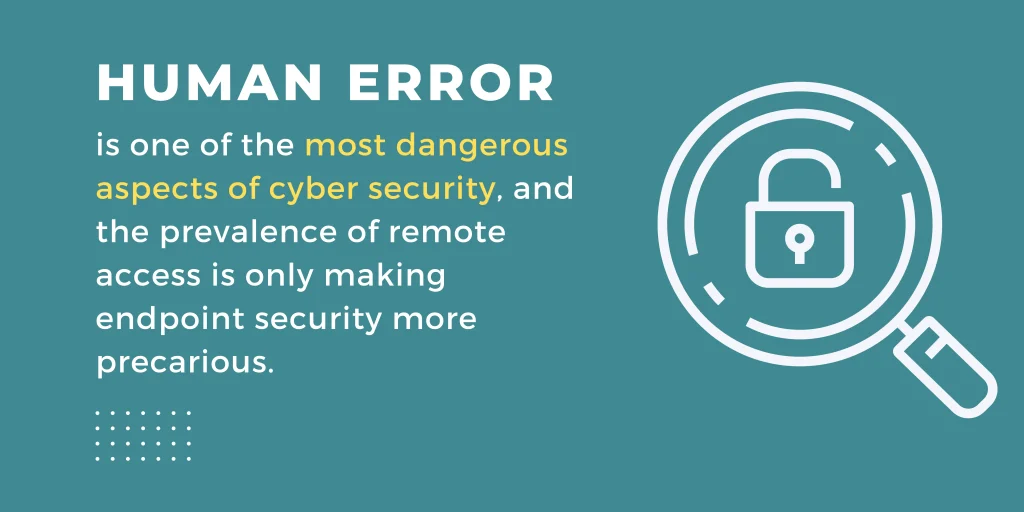
Common Cyber Attack Methods
Every cyber crime is a bit different. However, cybersecurity threats are all serious and violate federal laws. They are a threat to national security and every individual’s cyber security.
Your computer systems are always at risk, and it’s important to see how so you understand the importance of good cyber security and know to take action. Here are some of the most common means of attack from cyber criminals.
Email Security?
Email security is the process of protecting email messages from unauthorized access. Email systems often transmit sensitive information, such as passwords, credit card numbers, and company confidential data.
As a result, email security is a critical component of overall cybersecurity. There are a variety of email security measures that can be implemented, including encryption, two-factor authentication, and password managers.
Email encryption is the process of encoding email messages so that only the intended recipient can decrypt and read them. Two-factor or multi-factor authentication is an additional layer of security that requires users to confirm their identity with a second factor, such as a code sent to their mobile phone.
Password managers are software applications that help users to generate and manage strong passwords. By implementing these and other email security measures, organizations can help to protect their data from unauthorized access.
Malware
Malware is an umbrella term for malicious code that takes many forms. Everything from Trojans to viruses falls under this umbrella, meaning that the attacks are varied and have different consequences.
All of these attacks under malware are designed for criminals to gain unauthorized access. Malware is constantly evolving to get around protections, so it’s important always to have your cyber security updated.
Ransomware
Ransomware is a form of malicious software that shuts down a computer system. Suddenly, users can’t access their files, but the hackers gain access to everything. They then threaten organizations or individuals unless they receive a ransom.
Threats may be to destroy files or make private ones public that would ruin a company or individual’s reputation.
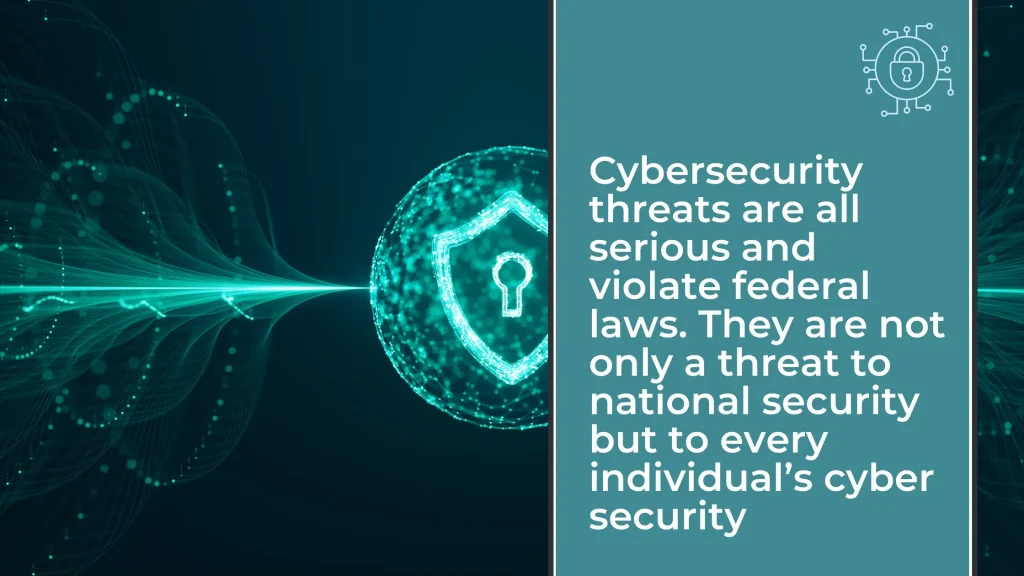
Phishing
Phishing attacks are the unfortunate pairing of malicious attacks that meet human error. Phishing, also known as social engineering, happens when a user gets a seemingly innocent email or text from a legitimate company.
The sender asks for personal information. The user complies, not knowing this is a scam, and suddenly the scammer has all the information they want that was willingly handed over.
Insider Threats
You may imagine that common cyber threats always come from the outside — the invaders. Unfortunately, that’s not always the case.
While some insider threats may simply be a case of human error, anyone who currently has or at once had authorized access to servers and then abused that privilege is considered an insider threat. This is where effective off-boarding is crucial.
Distributed Denial of Service
A denial of service isn’t what you’d like to think it is in which cyberattacks are denied service. Instead, criminals overload the server so much that the legitimate requests of employees and authorized users can’t “get through” to complete their tasks. Functions come to a halt, making the system inaccessible.
Advanced Persistent Threats
Advanced persistent threats, or APTs, happen when an invader infiltrates your system. But rather than immediately making a demand, the invader sticks around. They leave everything just as it was so that they can continually spy on the goings-on of a person or business and gather further information. They do this all without triggering any security systems.
Man-in-the-Middle
When data transfers from one person or device to another, it’s vulnerable. If it’s intercepted, this is known as a man-in-the-middle attack. The “man” here intercepts the data as it’s being transferred and can then use this data for their crimes. One of the most common ways this crime happens is on public WiFi networks.
Tactics for Protecting Systems
With so many common cyber threats reported by Forbes and only expected to increase, effective security solutions are a must.
Perhaps the best route is to bring on a cyber security expert to run a full risk assessment and provide you with a full report and support. But there are also ways you can protect your computer systems now.
See how you can keep your personal data or company’s information secure.
Keep Everything Up-to-Date
Your operating system leaders know the danger of letting in malicious actors. That’s why updates are common and come with security patches to update your protections. If you’re snoozing these update notifications, you’re missing out on important cyber security protections.
Get the Right Software
You don’t necessarily need to bring on a full-time IT security genius to protect yourself. There are many options for software that will protect you from most attacks.
Antivirus software is an effective investment that every individual and organization should have. It will scan your computer for viruses and remove them. You should also find a firewall that will block incoming attacks and malware. While they’re not 100% perfect, they can eliminate a good number of attacks.
Protect Your Systems with Strong Passwords
Don’t make cyber attacks easy for criminals. One of the easiest and yet most effective ways to support cyber security is to make your passwords strong. If passwords are easy to guess, criminals will have no problem signing on and getting the data they’re looking for.
Never Open Attachments from Unknown Senders
Because of the risk of phishing scams looking to access your data, you should always delete suspicious email attachments. The attachments could be infected with malware. If you don’t know the sender, it’s not worth checking out their message.
Try AI (Artificial Intelligence)
AI has now been developed to identify malicious attacks, help determine an appropriate threat response, and enact security controls. For automatic responses, AI could be the ideal investment for organizations needed extra protection.
Only Use WiFi You Trust
When you’re on public WiFi, these wireless access points could be used against you. These open networks are vulnerable to attacks from criminals looking to steal or intercept data that would otherwise be protected on a secure network. Stick to secured networks for greater cyber security.
Careers in the Industry: What Does a Cyber Security Do?
Do you think you may be the right person to help organizations stay safe from cyber attacks? Then a career in cyber security solutions could be the ideal career for you. As a certified cyber security professional, you could then offer powerful applications like the knowbe4 security awareness training to your clients. Our detailed guide to security awareness training can be seen here.
Cyber security professionals are trained in threat intelligence and responsible for following the guidelines from organizations such as the National Institute of Standards and Technology.
To determine the security risks, they perform a risk assessment and provide organizations with the proper cyber security resources.
After the risk assessment, cybersecurity professionals enact safeguard measures. These are designed to protect against malicious code and avoid data breaches. They also keep the system updated and provide identity and access management.
Is Cyber Security a Good Career?
Becoming an expert in cybersecurity risks is an excellent career path. According to the Bureau of Labor Statistics, the information security analyst career is expected to grow more than the average career in the coming years. This growth is understandable considering all the thousands of attacks to steal sensitive data daily. Demand is only growing, making for a stable and reliable career path.
How to Get Started in Cyber Security
Cyber security professionals typically have a bachelor’s degree, though you may choose to go on to get a master’s. During your degree program, you’ll learn about known threats to people’s data and what you can do about them. Once you have your degree, you can begin looking for an entry-level job and work your way up in the cyber security industry.
Is Cyber Security Hard?
Many people have heard of “cyber security” but aren’t quite sure what it is or how to enter this exciting field. Some may even assume that cyber security is hard to get into, with high barriers to entry and a competitive job market.
However, this is not necessarily true. While there are certainly challenges associated with working in the field of cyber security, there are also many opportunities and resources available to help you succeed.
Whether you are looking to start your own business, work for an established company, or take on freelance projects, there is a place for you in cyber security if you have the skills and drive needed.
So if you’re interested in entering the world of cyber security, don’t let stereotypes hold you back – dive right in and explore all this exciting field has to offer!
What Are Security Awareness Training Programs?
Security awareness training programs educate employees about security risks and help them understand how to protect themselves and their organizations from potential threats.
These programs typically cover password security, social engineering, and phishing scams. Organizations can reduce the likelihood of successful attacks by raising employee awareness of these risks.
Learn More about What You Can Do for Cyber Security
Now that you understand the answer to “what is cyber security,” it’s time to take action. Cyber threats must be taken seriously. Don’t leave your personal data or company’s information open to any cyber criminals who want it.
Review your current cyber protection measures and see what you can be doing more to protect your data.
What Is Cyber Security Reference Links:
- https://www.bls.gov/oes/current/oes151212.htm
- https://www.statista.com/statistics/273550/data-breaches-recorded-in-the-united-states-by-number-of-breaches-and-records-exposed/
- https://www.cisa.gov/defining-insider-threats
- https://www.justice.gov/criminal/file/442156/download
- https://www.statista.com/statistics/1170520/worldwide-data-breach-fines-settlements/
- https://www.forbes.com/advisor/homeowners-insurance/personal-cyber-insurance/
- https://techeconomy.ng/2022/04/why-the-cloud-numbers-dont-add-up/

